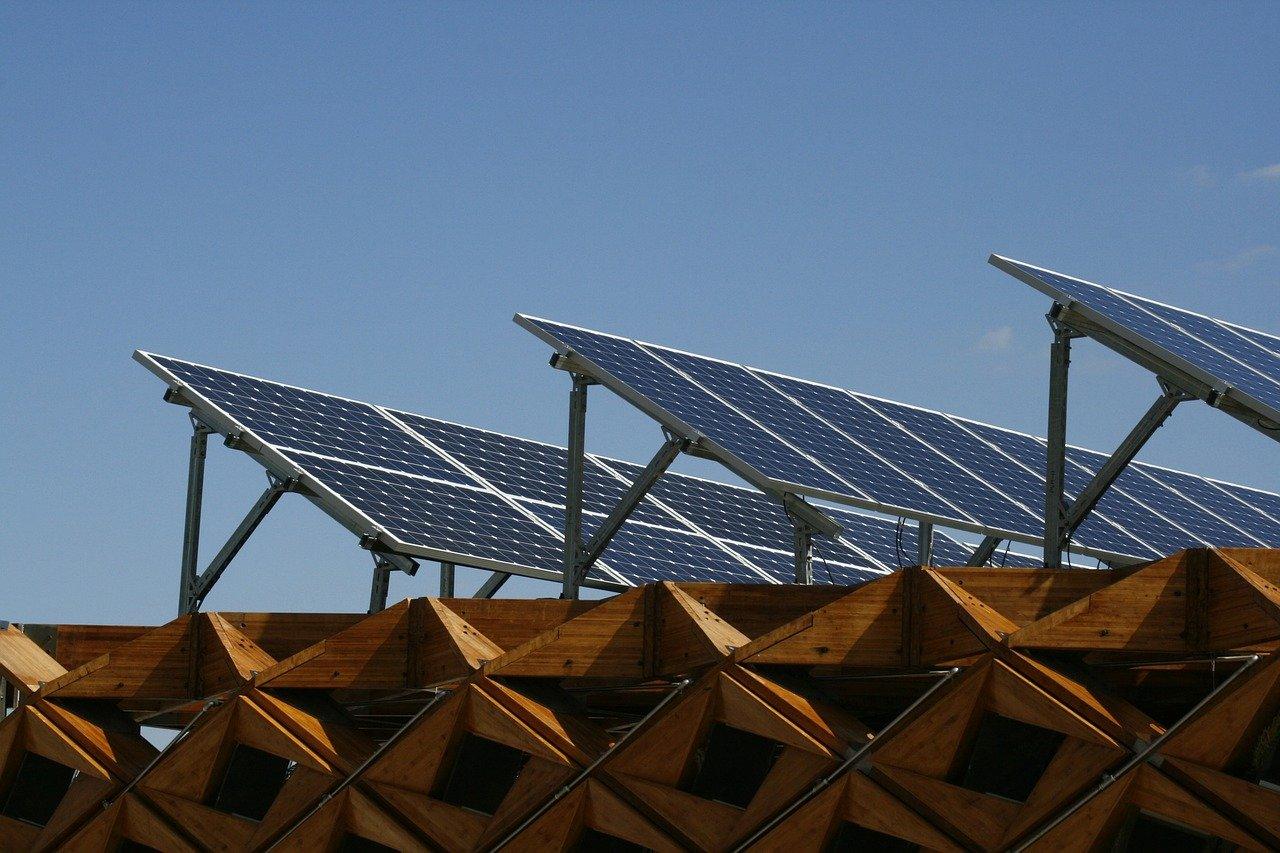BLACK FRIDAY SALE | 50% OFF ALL LEED EXAM PREP PRODUCTS! | PASS YOUR EXAM CONFIDENTLY, ON YOUR FIRST TRY!
BLACK FRIDAY SALE | 50% OFF ALL LEED EXAM PREP PRODUCTS! | PASS YOUR EXAM CONFIDENTLY, ON YOUR FIRST TRY!
Add description, images, menus and links to your mega menu
A column with no settings can be used as a spacer
Link to your collections, sales and even external links
Add up to five columns
Add description, images, menus and links to your mega menu
A column with no settings can be used as a spacer
Link to your collections, sales and even external links
Add up to five columns
What is a Net Zero Energy Building?
3 min read

A net zero energy building is a type of building that produces the amount of energy equivalent to the building's energy consumption through renewable resources.
In order to establish a this goal, the building should reduce the energy use by increasing energy efficiency and also produce energy. Let's look at both halves of that equation to better understand net zero energy buildings.
Reducing Energy Use
It is easier to offset or balance the energy use of a building when you keep that usage as low as possible in the first place. This can be seen in a variety of areas.
One of the largest is insulation and keeping heat loss to a minimum. Allowing the air inside the building to escape means that the building has to use more energy for heating (as well as for air conditioning). Thick walls and strong insulation layers are the best approach. High R-value windows means that less heat is lost through the glass, also adding to the insulation value of the building.
An added benefit to having an “air tight” building is that it will be much quieter inside, and outdoor toxins and allergens are kept out. Though with less air exchange with the outside, care needs to be taken to still have good ventilation so the air quality is high. This can include a central filtration system as part of the HVAC system.
After heating and insulation, the next significant area where energy needs can be reduced is with the lighting. LED bulbs use a tiny fraction of the electricity compared to the older incandescent (or even CFL) bulbs. For large commercial buildings, this can mean a huge savings in energy use.
Buildings can also utilize smart technology to lower power usage, by allowing temperatures and light levels to fall when there is no one around to need them. The days of leaving lights on for an entire building through the night are over.
Energy Production
Once the building has reduced its power usage as low as possible, the next step is to produce the same (or more) power from renewable sources. The most common option is installing solar panels or wind turbines.Though these buildings generate as much energy as they use, that doesn't mean they literally only use their own power. In other words, many zero net buildings are actually still connected to the conventional power grid in order to maintain power stability and to remove the need for battery storage facilities. They are still susceptible to power outages or other problems like any other connected building. Energy produced is fed back to the energy grid, effectively turning the meter backward and leaving you with a building with a final tally of no energy consumed.
On closer inspection, that can mean that the building is still actually using power generated from fossil-fuel-burning sources even though it creates clean renewable energy at the same time. Some builders take this into consideration and are involved in buying carbon offsets to help balance the pollution impact of their energy usage.
More and more real estate buyers are interested in energy-efficiency, and are on the lookout for net zero energy buildings in residential as well as commercial areas. If you want to learn more about green buildings, check out our LEED Green Associate exam prep course.
Also in Projectific Blog

What Changes In LEED v5 & When Will The LEED Exams Will Be Based On LEED v5?
2 min read
As building professionals prepare for this significant update, two critical questions arise: what are the major changes in LEED v5, and when will the LEED credential exams transition to the new version?

How LEED Handles Recyclables With The Storage And Collection Of Recyclables Prerequisite
2 min read

LEED Heat Island Reduction Credit Explained
2 min read

